
This past winter the predator impact on ungulate populations in the state of Washington has been front and center. This blog will give you a couple of updates on what is going on and how you might be able to get involved.
After much pressure from sportsmen, in late January, the Wildlife Commission opened up a public comment period to consider a spring bear hunt again in 2022. The public can make comments online right now at the following link https://publicinput.com/SpringBearPetition102. I would encourage everyone reading this to put down a quick comment supporting the spring bear hunt as it is scientifically based and will not negatively impact the population. This will go to a decision probably in the next six weeks so fast action is needed. We know the anti-hunters will be making their voices heard, hunters need to continue to do the same. If the spring hunt is approved the season will run from May 1st to June 15th. This is a very important hunt as it helps reduce the predation on the ungulate population.
In the Blue Mountains of southeast Washington, a recent survey(2021) of elk calves discovered that only 9 of the 125 calves that were fitted with radio collars survived. The survey determined that predators accounted for most of the calf deaths. Of those it was determined that 70% of those predation mortalities were caused by cougars. Such a high mortality rate puts the long term health of the herd in jeopardy. Local county commissioners have made a petition to the WDFW to extend the cougar season in this area to increase the harvest. A recent predator study showed the Blue Mountains had a considerably higher density of cougars than any other area in the state. The Blue Mountains have historically held some of the biggest bulls in the state and the population right now is only about 50% of what it historically has been, hovering around 3600 animals which is down from 5700 in 2016.
The predator population in the State has been increasing since the mid 90’s when hunting with dogs and baiting were prohibited by an Initiative vote of the people. While Washington may not be a destination state for deer and elk hunters, perhaps it is time to shift the perspective and realize that Washington is probably one of the top states in the continental US for predator hunting. We have generous seasons and plenty of targets for those who get out there. The fall bear season that is open statewide has a bag limit of two bears and a season that opens August 1st. The early cougar season runs September 1st-December 31st, followed by a late season of January 1st-April 30th in units where the harvest guidelines have not been met. Both of these hunts offer a great opportunity to get out there and help the local deer and elk herds at a time where other hunting opportunities might be limited.
 Eastmans' Official Blog | Mule Deer, Antelope, Elk Hunting and Bowhunting Magazine | Eastmans' Hunting Journals
Eastmans' Official Blog | Mule Deer, Antelope, Elk Hunting and Bowhunting Magazine | Eastmans' Hunting Journals
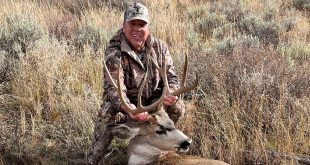
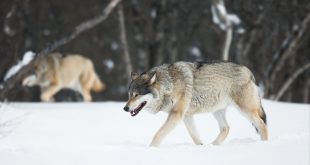
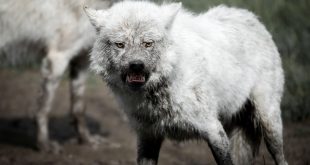
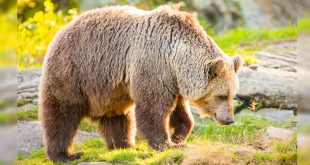
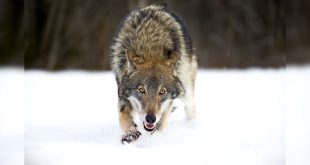
They tell half truths at wdfw. The wolves are killing elk daily in the Blue Mountains and are the worst predator today. There are plenty cats and bears to hunt if your a billy goat. Not an old guy area. They never attribute any deaths to these wolves. They just do not understand, this is basically An island of timber that the sharks, wolves, swim around daily and pick off elk as they please. The snow gets so deep this time of year they have to leave the timber for lower elevations and that makes it even easier for the wolves, out in the wheat fields. Until wdfw admits wolves are a major factor, since they hunt 24/7/365, will we ever be able to save these elk. All predators bears, cats, wolves and do not forget the coyotes require maintenance. If one or more are left unchecked it creates an unbalanced eco. It is true 3000 elk gone in 3 years. Bones scattered all over the mountain. Big color phased bears here, for those interested, come and get them.
I am not saying you are wrong about wolves by any means, but the Mt. St. Helens herd on the west side has dropped by 70% in the last 10 years. (If you believe the WDFW) My eyes tell me the population has dropped more like 80-90%. There aren’t any wolves here, but there sure are a lot of freaking bears and I’m sure cats, although I don’t see a lot of sign of them. What there is a sign of is cows with no calves. The cow to calf ratio is roughly 5-1… Not a very sustainable ratio.
Hoof rot is running rampant in the westside herds. Timber lands spray everything from the air as well over there. I remember the 70s seeing herds of blacktail deer and elk. You couldn’t cast a line into Green or Toutle rivers and not catch a steelhead or salmon. Loads of grouse, rabbits and pigeons. It was a ghost town last time I hunted it 12 years ago.
Hoof rot is most definitely a problem, but those cows generally still have a calf. It may not be as big and healthy, but there is still a calf. Killing all the cows is not the answer at this time. We let it get too far and the only way to get a healthy herd is to breed it out of them. For some reason some a resistant to it. However the people with cow tags choose to shoot the healthy elk, not the hoof rot elk.
I also quit fishing the green and toutle around that time as well. I graduated high school in 2006 thinking I lived in the best place in the world. Within 15 minutes of my house I had tons of elk, a few deer and the cowlitz, toutle and green were loaded with fish… Now the rivers are fishless and the woods are vacant of wildlife.
Suddenly the Liberals don’t want “to go with the science” when it comes to wildlife management
Or covid